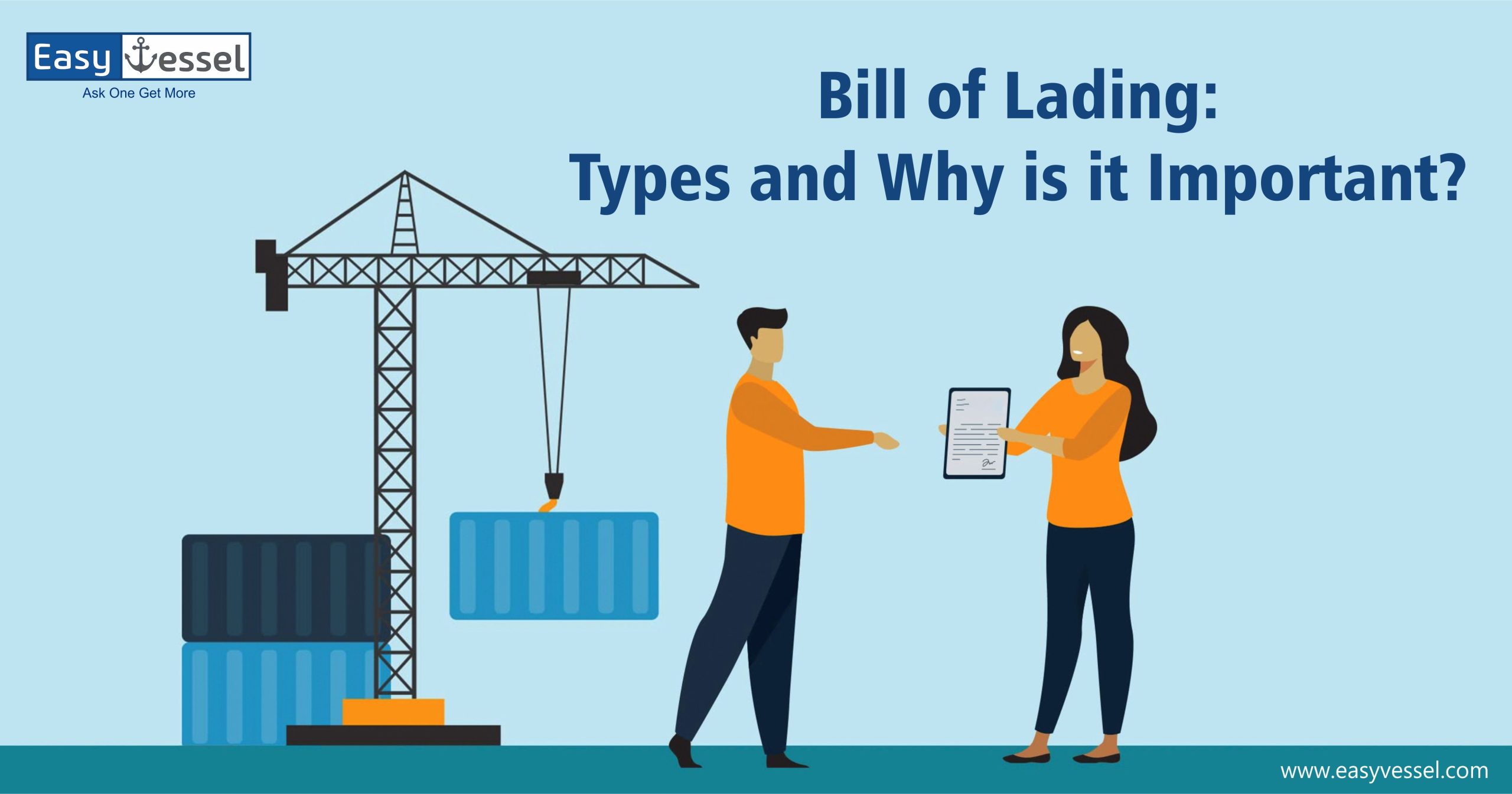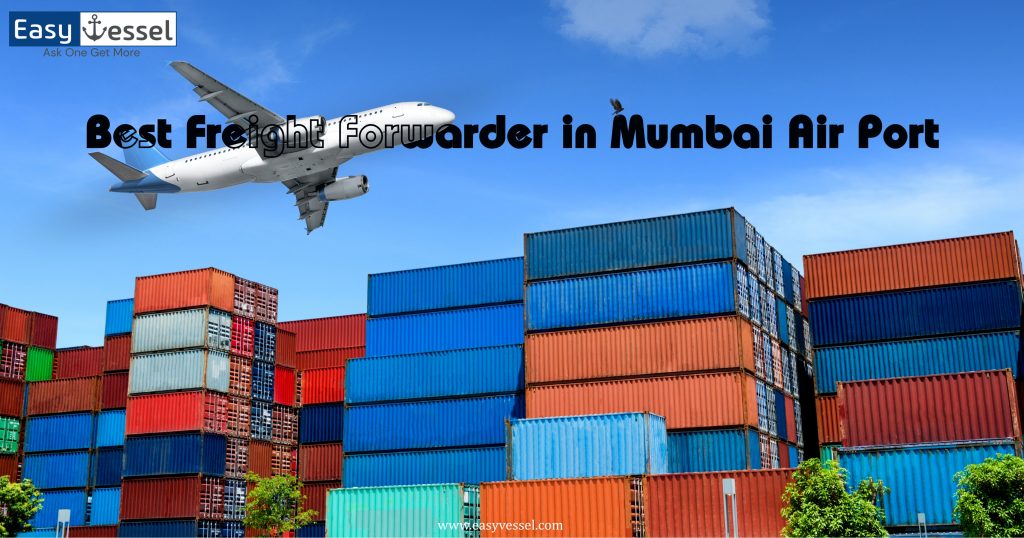- In the world of shipping and logistics, the Bill of Lading (B/L) stands as one of the most crucial documents.
- Whether you’re a shipper, freight forwarder, or involved in any aspect of the supply chain, understanding the Bill of Lading is essential.
- This document not only serves as a receipt but also plays a pivotal role in the transport and legal processes.
What is a Bill of Lading?
- In shipping, the carrier issues a Bill of Lading as a legal document to the shipper.
- It serves three main purposes: it acts as a receipt for the goods, a contract between the shipper and the carrier, and a document of ownership.
- This essential document outlines all the key details about the shipment, including the transported goods.
- The origin and destination of the shipment, and information about the shipper, carrier, and consignee.
The B/L Has Three Main Functions:
- Evidence of the contract of carriage
- Receipt of goods, acknowledging that the carrier has received the freight
- Document of legal title to the goods
What Information is in the Bill of Lading?
- It includes essential information about the type and quantity of goods, the parties involved in the shipment, and the specific terms of the shipping agreement.
- Once a booking is made with a carrier, the shipper must provide Shipping Instructions that contain precise details about the shipment.
- These instructions are used by the carrier to generate the B/L, ensuring that all information is correctly documented for the shipping process.
The Bill of Lading contains several key pieces of information, including:
Shipper and Consignee Details: The names and addresses of the shipper (sender) and the consignee (receiver).
Description of Goods: Provides details about the items being shipped, including their quantity, weight, and packaging type.
Carrier Information: Details about the carrier responsible for transporting the goods.
Terms and Conditions: The contractual terms that govern the shipment.
Place of Receipt and Delivery: The locations where the carrier picks up the goods and where the consignee receives them.
Freight Details: Information regarding freight charges, payment terms, and any special instructions.
When is a Bill of Lading Issued?
- The carrier issues a Bill of Lading after loading the cargo onto the vessel and departing from the port of loading.
- This document confirms the shipment of goods and outlines the terms of the shipment.
- It is a crucial part of the shipping process, functioning as a receipt for the cargo and a document of title, which enables the transfer of ownership.
- Shippers require a BOL whenever they ship goods, whether domestically or internationally.
- It is particularly essential in international trade, where it serves as a contract of carriage, a receipt for the goods, and a document of title.
- This document is necessary for customs clearance, as proof of shipment for payment processes, and for transferring ownership of the goods from the seller to the buyer.
Why Bill of Lading Important?
The BoL is crucial for several reasons:
Proof of Shipment: It serves as a proof of contract between the shipper and the carrier.
Title of Goods: In many cases, it acts as a document of title, meaning that the holder of the B/L has the right to claim the goods.
Legal Evidence: It provides legal evidence of the terms and conditions of the contract of carriage.
Customs Clearance: Customs clearance often requires it, making it an essential document for international trade.
Liability: It outlines the responsibilities and liabilities of each party involved in the shipping process.
Types of Bill of Lading
There are different types of Bills of Lading, which depend on where you’re shipping, what you’re shipping, and your specific needs. The type you encounter can depend on who issued it, the method of transport, or your relationship with the shipper.
For example, whether you’ve paid for the goods or transportation in advance or on credit can affect the type of Bills of Lading you receive.
There are several types of Bills of Lading, each serving a specific purpose:
Straight Bill of Lading
A Straight Bill of Lading is issued when goods are consigned to a specific individual or entity. This type of BOL is non-negotiable, meaning the carrier cannot transfer or endorse it to another party. Shippers typically use it when the shipment is paid for in advance.
Key Features:
- Non-negotiable
- Direct delivery to the consignee
- Often used for prepaid shipments
Order Bill of Lading
An Order allows for negotiation and transfer through endorsement. Shippers often use this type when selling goods while in transit. The consignee or the buyer can change as long as the BOL is appropriately endorsed.
Key Features:
- Negotiable and transferable
- Flexibility in changing consignees
- Commonly used in international trade
Bearer Bill of Lading
A Bearer waybill is a highly flexible document where the goods are delivered to whoever holds the BOL. This type is less common due to the risk involved in transferring ownership.
Key Features:
- Transferable by possession
- High-risk due to ease of transfer
- Less commonly used
Clean Bill of Lading
A Clean Bills of Lading confirms that the carrier received the goods in good condition, with no damage or defects noted at the time of loading. This type of B/L is crucial for both the shipper and consignee as it implies that the carrier has received the cargo in good order.
Key Features:
- Indicates goods were received in good condition
- No damage or irregularities reported
- Provides reassurance to the consignee
Dirty or Foul Bill of Lading
Unlike a Clean, a Dirty or Foul BOL indicates that the goods sustained damage or that the carrier found discrepancies at the time of loading. This BOL is crucial for insurance claims and disputes.
Key Features:
- Indicates damage or irregularities
- Important for claims and legal disputes
- Used as a caution for the consignee
Through Bill of Lading
A Through waybill covers multiple modes of transport, often across different carriers. It applies when shipping goods over long distances involving different transport methods, such as sea, rail, and road.
Key Features:
- Covers multiple transport modes
- Involves multiple carriers
- Used for long-distance or international shipping
Inland Bill of Lading
An Inland BoL is used for domestic shipments via land, such as trucks or railroads. It documents goods transported within a country before they reach a port for international shipping.
Key Features:
- Used for domestic overland transport
- Precedes international shipping
- Common in multi-leg shipments
Sea Bill of Lading
It is specifically for ocean transport. It details the shipment of goods by sea and is a critical document for international trade.
Key Features:
- Used for ocean freight
- Key document in international shipping
- Essential for customs clearance
Conclusion
The Bill of Lading is a key document in shipping and logistics. It not only serves as a receipt but also ensures the smooth and legal transfer of goods from one party to another. When you need to connect with reliable freight forwarders and secure the best rates, Easyvessel is the top platform. Easyvessel helps shippers find multiple freight options with 0% commission, making the shipping process more efficient and cost-effective.
References:
- Bill of Lading By Wikipedia [1].
Frequently Asked Questions
The purpose of a Bill of Lading (B/L) is to detail the journey of your cargo from its origin to its destination.
A Bill of Lading (BOL) is a legal document in shipping that proves shipment, provides a receipt for goods, and establishes ownership. Additionally, it contains details about the goods being transported, including type, quantity, and destination.
A Bill of Lading (BOL) lists the items being shipped, the shipper and recipient’s names, and key shipment details. It’s important because it serves as both a receipt for the goods and a contract between the shipper and carrier.
A Bill of Lading (BoL) is a legal document that describes the goods being shipped, their quantity, and destination. It serves as a receipt, contract, and proof of ownership or control of the goods. The BoL must be signed by both the shipper and carrier and travels with the cargo.



